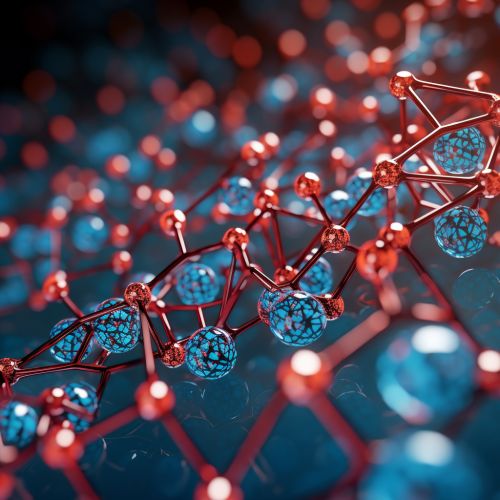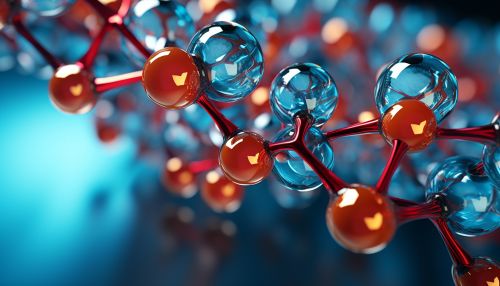Insulin
Introduction
Insulin is a peptide hormone produced by beta cells of the pancreatic islets. It regulates the metabolism of carbohydrates, fats, and protein by promoting the absorption of glucose from the blood into liver, fat, and skeletal muscle cells. In these tissues, the absorbed glucose is converted into either glycogen via glycogenesis or fats (triglycerides) via lipogenesis, or, in the case of the liver, into both.


Biochemistry
Insulin is a protein chain or peptide hormone. There are several isoforms of insulin, all of which are derived from a single gene, the INS gene. This gene encodes a protein that is made up of 110 amino acids and is produced as a single-chain precursor, known as preproinsulin. Through the process of protein biosynthesis, this precursor is cleaved, forming the two-chain polypeptide hormone.
Production
Insulin is synthesized in significant quantities only in beta cells in the pancreas. The insulin production process involves the synthesis of its precursor, preproinsulin, and its subsequent folding and processing into mature insulin.
Function
Insulin plays a key role in the regulation of blood glucose levels. It allows cells in the body to take in glucose and use it as a source of energy. It also helps balance the amount of glucose in the blood. After a meal, blood glucose levels rise, which triggers the release of insulin. This release of insulin then initiates the uptake of glucose into the body's cells.
Insulin and Disease
Insulin is central to regulating carbohydrate and fat metabolism in the body. Insulin causes cells in the liver, muscle, and fat tissue to take up glucose from the blood, storing it as glycogen in the liver and muscle. Deficiency of insulin or the insensitivity of its receptors plays a central role in all forms of diabetes mellitus.
Insulin Therapy
Insulin therapy is used in the treatment of people with type 1 and type 2 diabetes. It involves injecting insulin into the subcutaneous tissue. The aim of insulin therapy is to mimic normal insulin secretion as closely as possible. This is achieved by using long-acting (basal) insulin for background insulin, with bolus insulin as required at meal times.
